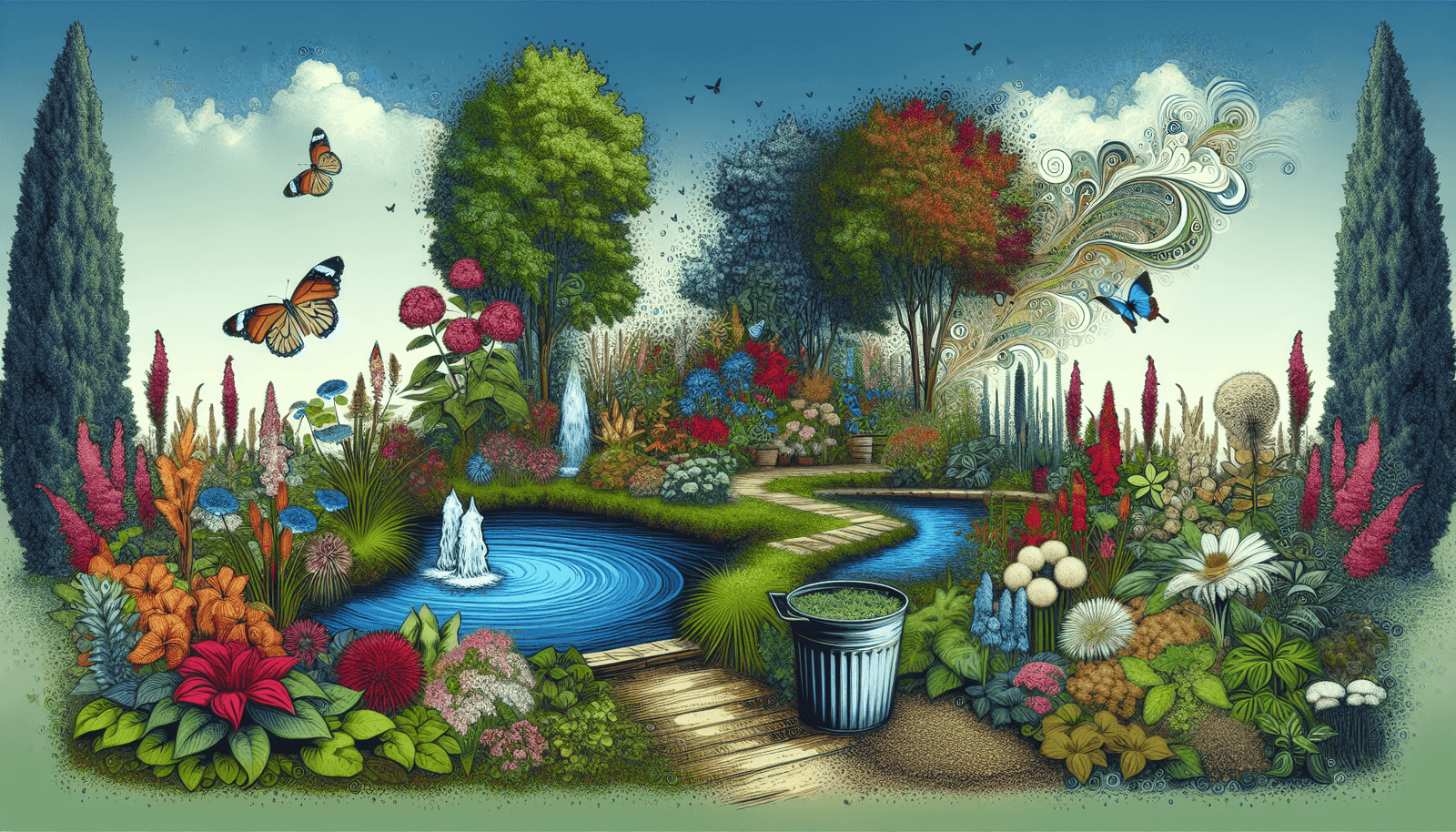If you’re a nature lover and want to bring a touch of beauty and vibrancy to your garden, attracting butterflies is the perfect way to do it. These delicate creatures not only add a dash of color to your outdoor space but also play a crucial role in pollination. But how can you attract butterflies in an eco-friendly way? From selecting native plants to creating a water source, there are several simple and effective methods that will make your garden a haven for these enchanting creatures.
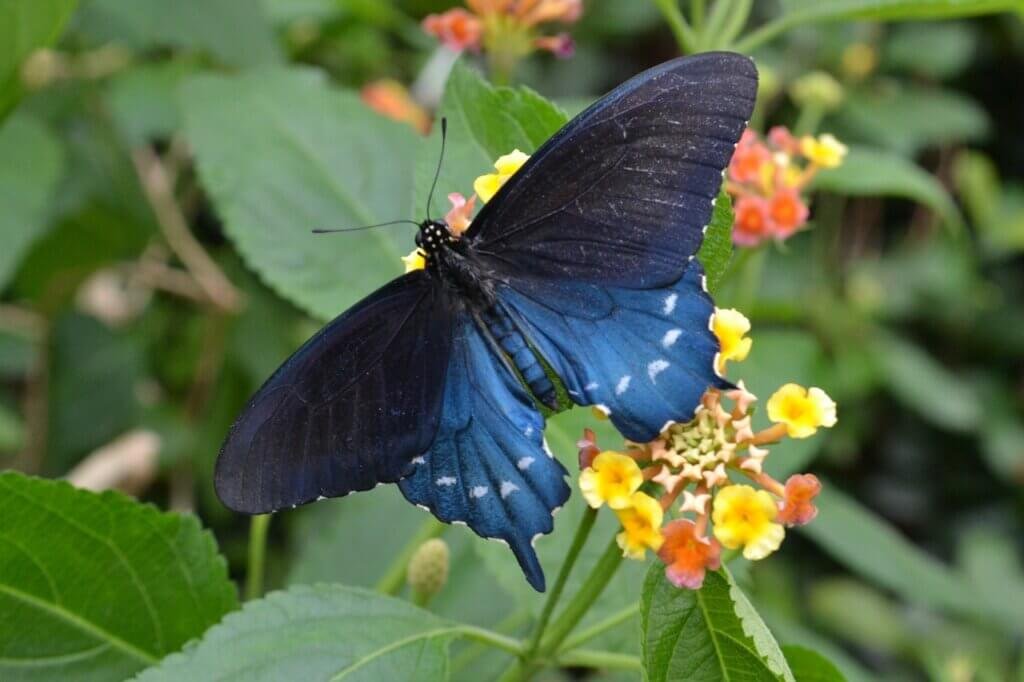
Creating a Butterfly-Friendly Habitat
Understanding the Needs of Butterflies
Creating a butterfly-friendly habitat starts with understanding the needs of these delicate creatures. Butterflies require specific conditions to thrive, such as ample sunlight, shelter from wind, and access to food and water sources. By providing these essential elements, you can create an inviting environment that attracts and supports butterflies in your garden.
Choosing the Right Plants
One of the key factors in attracting butterflies is choosing the right plants for your garden. Butterflies rely on specific nectar-rich flowers as a food source, so incorporating a variety of these plants will ensure a continuous supply of food for them. Some popular choices include butterfly bushes, milkweed, coneflowers, lantanas, and verbena. It’s important to select plants that bloom at different times throughout the year to provide a constant food source for butterflies.
Providing Shelter and Water
In addition to food, butterflies also need shelter and water to thrive. Providing a diverse range of vegetation, such as shrubs, trees, and tall grasses, will offer butterflies a safe place to rest and take shelter from harsh weather conditions. A water source, such as a shallow dish filled with fresh water and small pebbles for perching, will also attract butterflies and provide them with a much-needed hydration spot.
Avoiding Pesticides and Harmful Chemicals
The Dangers of Pesticides
Pesticides and harmful chemicals can have devastating effects on butterflies and other beneficial insects. These toxic substances not only kill pests but also harm pollinators like butterflies, bees, and other insects that play a vital role in our ecosystem. It’s important to avoid using pesticides altogether or opt for eco-friendly alternatives that specifically target pests while minimizing harm to beneficial insects.
Natural Pest Control Methods
Instead of relying on chemical pesticides, there are several natural pest control methods that can help manage garden pests without harming butterflies. Introducing beneficial insects like ladybugs and lacewings can help control aphids and other common garden pests. Additionally, practicing good garden hygiene by regularly removing any diseased or pest-infested plants and creating physical barriers, such as row covers, can help prevent pest damage without resorting to harmful chemicals.
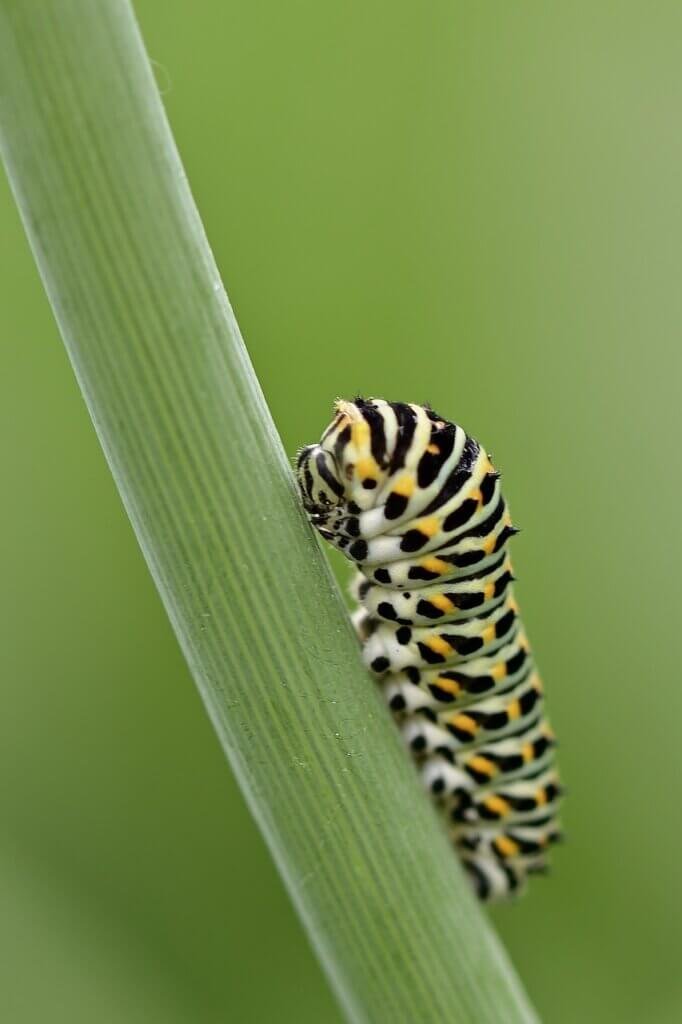
Creating a Butterfly Feeder
Butterfly Feeder Basics
Creating a butterfly feeder is an excellent way to supplement the nectar sources in your garden and attract a greater variety of butterfly species. A simple butterfly feeder consists of a shallow dish filled with a mixture of water and sugar or fruit juice. The sweet liquid acts as an irresistible attractant for butterflies and provides them with an additional food source, especially during periods of dry weather or when nectar-rich flowers are scarce.
DIY Butterfly Feeders
If you prefer a more hands-on approach, there are various DIY butterfly feeders that you can create using readily available materials. One popular option is to make a butterfly feeder using a small jar or bottle filled with the sugar-water mixture and inserting a cotton wick or sponge into the opening. This allows butterflies to access the sweet liquid while preventing drowning. Another idea is to arrange overripe fruits, such as oranges or bananas, on a tray or hanging basket to attract fruit-feeding butterflies.
Maintaining a Chemical-Free Environment
Weed Control without Chemicals
Maintaining a chemical-free environment is crucial for creating a safe and healthy habitat for butterflies. Instead of resorting to herbicides, consider using organic weed control methods. Hand-pulling weeds, using mulch to suppress weed growth, and applying vinegar or boiling water to target weeds can effectively control unwanted vegetation while avoiding the use of harmful chemicals.
Managing Garden Pests Naturally
Controlling garden pests naturally is another important aspect of maintaining a chemical-free environment. Encouraging natural predators like birds, bats, and beneficial insects can help keep pest populations in check. Additionally, practicing crop rotation, interplanting with insect-repellent plants, and using insecticidal soaps or neem oil sprays can effectively manage garden pests without resorting to toxic pesticides.
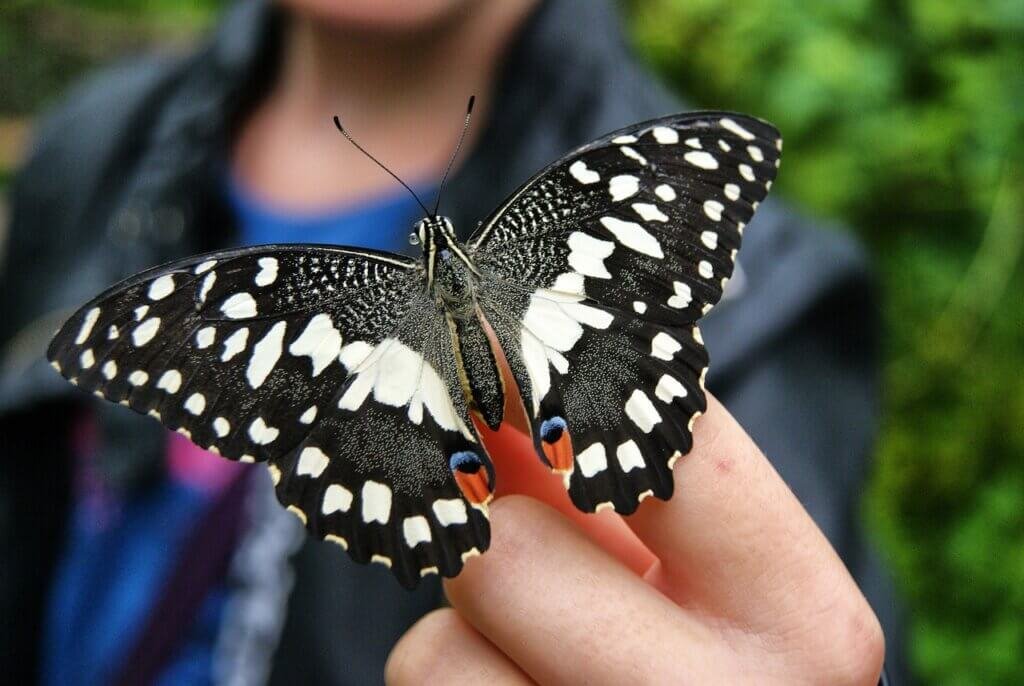
Encouraging Reproduction and Lifecycles
Butterfly Egg-Laying Habits
To truly support butterflies in your garden, it’s important to understand their egg-laying habits. Different butterfly species have specific preferences when it comes to selecting host plants on which to lay their eggs. Researching local butterfly species and planting host plants that cater to their specific needs will provide a suitable environment for butterfly reproduction and ensure the survival of their offspring.
Caterpillar-Friendly Gardening
Creating a caterpillar-friendly garden is essential for supporting the full lifecycle of butterflies. Providing host plants that caterpillar larvae can feed on is crucial as they rely on these specific plants for their growth and development. Planting native species is key as they are more likely to support local butterfly populations. Observing caterpillars in your garden can be a fascinating experience and a rewarding way to contribute to butterfly conservation efforts.
Creating Pupation Areas
Butterfly pupation is a critical stage in their lifecycle, as it is during this period that caterpillars transform into pupae or chrysalises. Providing suitable pupation areas, such as fallen leaves, rocks, or debris, will offer butterflies a safe space to undergo metamorphosis. It’s important to avoid removing or disturbing these areas to allow for the completion of the butterfly’s lifecycle.
Providing Sunlight and Optimal Conditions
The Importance of Sunlight
Sunlight plays a vital role in butterfly behavior and overall garden health. Butterflies are ectothermic creatures, meaning they rely on external sources of heat for their body temperature regulation. Providing sunny areas in your garden where butterflies can bask and warm themselves is important for their overall well-being. It’s also essential for the flowering plants in your garden to receive an adequate amount of sunlight to thrive and provide the necessary nectar sources for butterflies.
Creating a Windbreak
While butterflies enjoy sunny conditions, they also require shelter from strong winds. Creating a windbreak, such as strategically placing shrubs, hedges, or fences, can help create a more favorable environment for butterflies. This not only protects them from harsh winds but also provides a peaceful and calm space where they can feed, rest, and go about their activities undisturbed.
Optimizing Temperature and Humidity
Butterflies thrive in optimal temperature and humidity conditions. While we can’t control the weather, there are steps we can take to create a more favorable microclimate in our gardens. Planting trees or installing trellises can provide shade during hot summer days, preventing plants from wilting and creating cooler spots for butterflies to seek refuge. Ensuring a consistent water source, be it through natural rainwater or regular watering, also helps maintain the necessary humidity levels for butterfly survival.
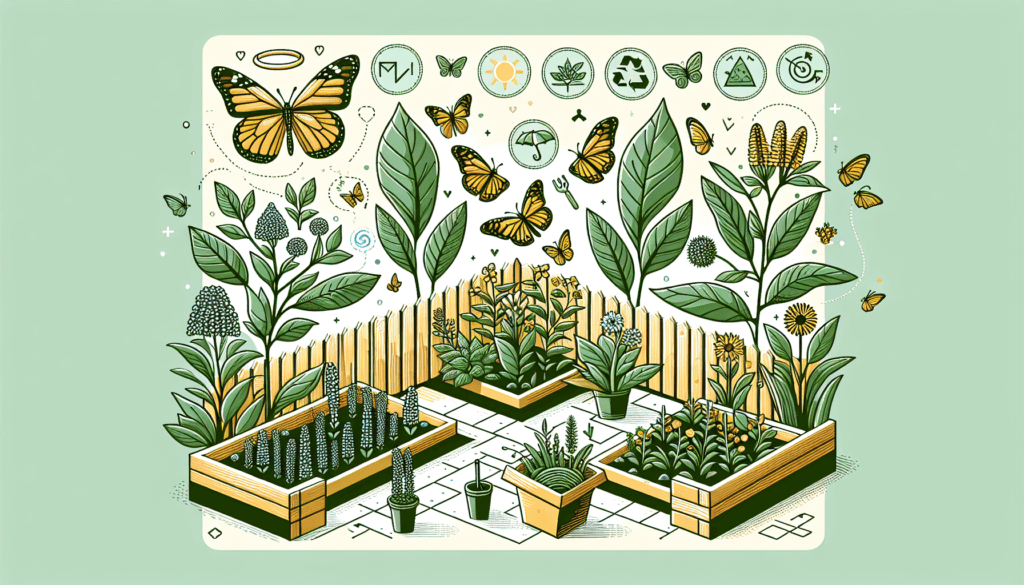
Attracting Specific Butterfly Species
Researching Local Species
To attract specific butterfly species to your garden, it’s essential to research and understand the local butterfly population. Different butterfly species have unique preferences when it comes to host plants, nectar sources, and habitat requirements. By identifying the species that are native or common to your area, you can tailor your gardening efforts to specifically attract and support those butterflies.
Utilizing Butterfly Host Plants
Butterfly host plants are critical for attracting and supporting specific butterfly species. These are plants on which female butterflies lay their eggs, and caterpillars feed exclusively on them. By incorporating host plants that cater to the needs of specific butterflies, you can greatly increase the chances of attracting and sustaining their populations in your garden. Research local host plants for the butterflies you wish to attract and ensure you provide a variety of them throughout your garden.
Creating a Distraction Garden
Distracting Butterflies from Valuable Crops
If you have valuable crops or delicate plants that you want to protect from butterfly feeding or oviposition, creating a distraction garden can be an effective strategy. A distraction garden consists of planting nectar-rich flowers or specific host plants that are highly attractive to butterflies in a separate area of your garden. This diverts their attention away from your valuable crops, ensuring they can coexist without causing damage.
Attracting Nectar-Loving Insects
In addition to attracting butterflies, creating a garden filled with nectar-rich flowers also attracts other beneficial insects, such as bees, hoverflies, and wasps. These insects play a crucial role in pollination, pest control, and maintaining a healthy ecosystem. By providing a diverse range of nectar sources, you’ll not only support butterflies but also foster a thriving garden ecosystem.
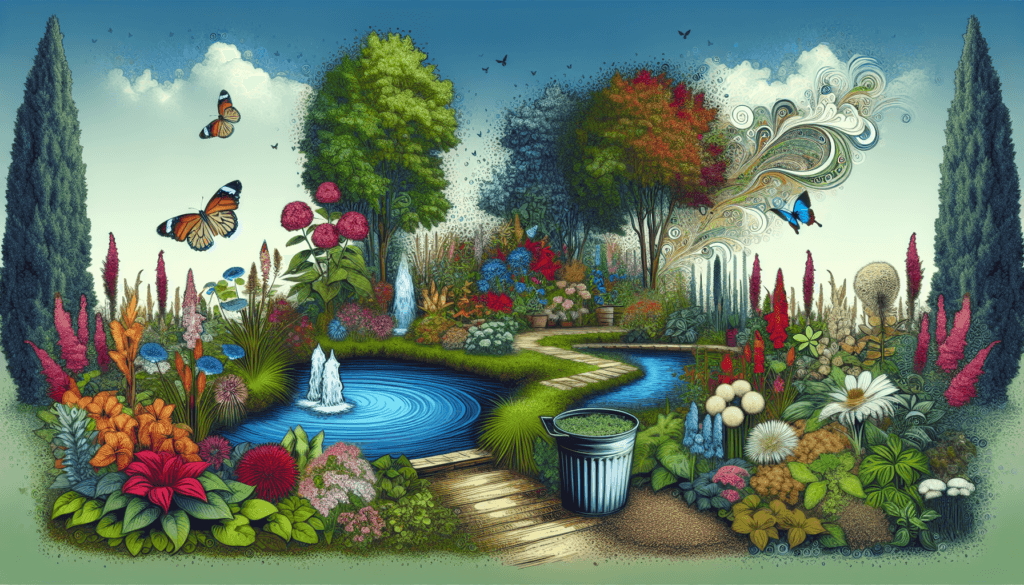
Avoiding Invasive Species
Understanding Invasive Plants
Invasive plants are non-native species that aggressively spread and outcompete native vegetation. They can have detrimental effects on local ecosystems, including butterfly populations. Understanding and avoiding the use of invasive plants in your garden is important for maintaining a balanced and healthy environment. Check with local conservation authorities or gardening resources to identify and avoid planting invasive species in your region.
Preventing the Spread of Invasive Species
Preventing the spread of invasive species is crucial for preserving native habitats and biodiversity. To avoid unintentionally introducing invasive plants, ensure that all plants you purchase or receive as gifts are not invasive in your area. Properly dispose of any invasive plants you identify in your garden and educate yourself about local regulations and best practices for preventing the spread of invasive species in your region.
Maintaining a Sustainable Garden
Composting and Organic Fertilizers
Maintaining a sustainable garden is not only beneficial for the environment but also for supporting butterflies and other wildlife. Composting organic materials, such as kitchen scraps and garden waste, reduces the need for synthetic fertilizers and enriches the soil naturally. Using organic fertilizers, such as compost tea or well-rotted manure, provides essential nutrients to your plants without introducing harmful chemicals into the environment.
Conserving Water
Water conservation is another important aspect of maintaining a sustainable garden. Providing a water source for butterflies shouldn’t come at the expense of excessive water usage. Implementing water-saving techniques, such as using mulch to retain moisture, collecting rainwater in barrels, and watering plants during cooler periods of the day, will not only help conserve water but also create a more sustainable and environmentally friendly garden.
By following these eco-friendly practices and creating a butterfly-friendly habitat, you can attract and support butterflies in your garden while contributing to the protection and preservation of these beautiful and important pollinators. Remember to always research local butterfly species and tailor your efforts to meet their specific needs, ensuring a vibrant and sustainable garden that benefits both butterflies and the entire ecosystem.

